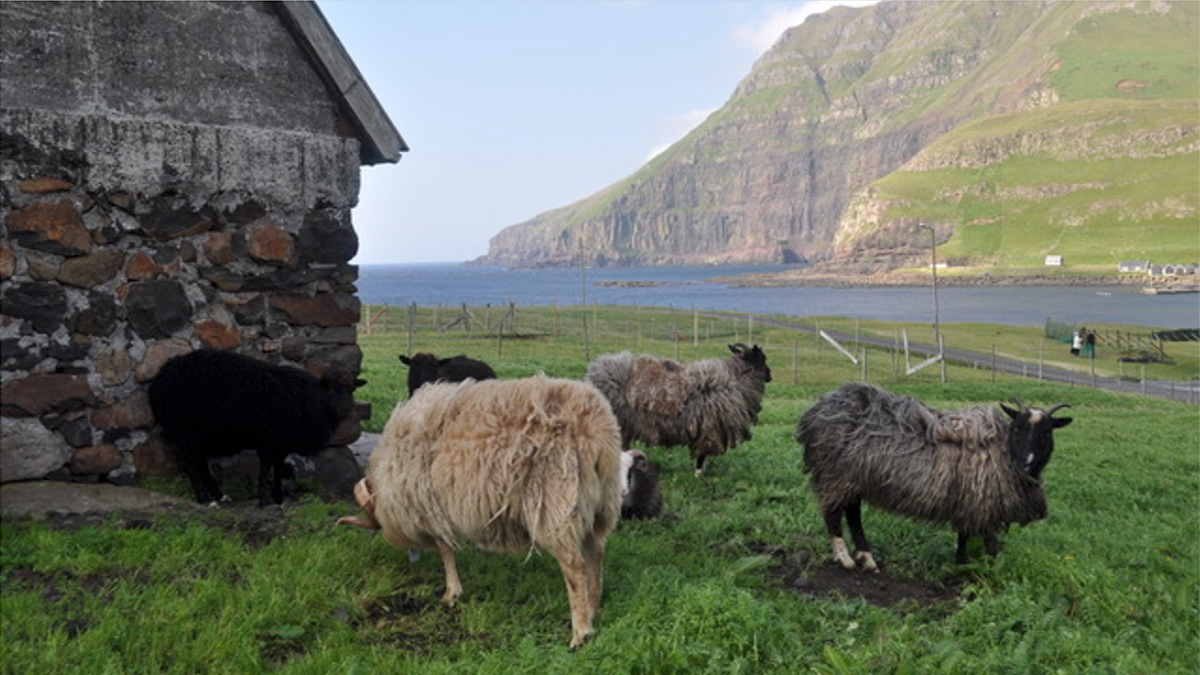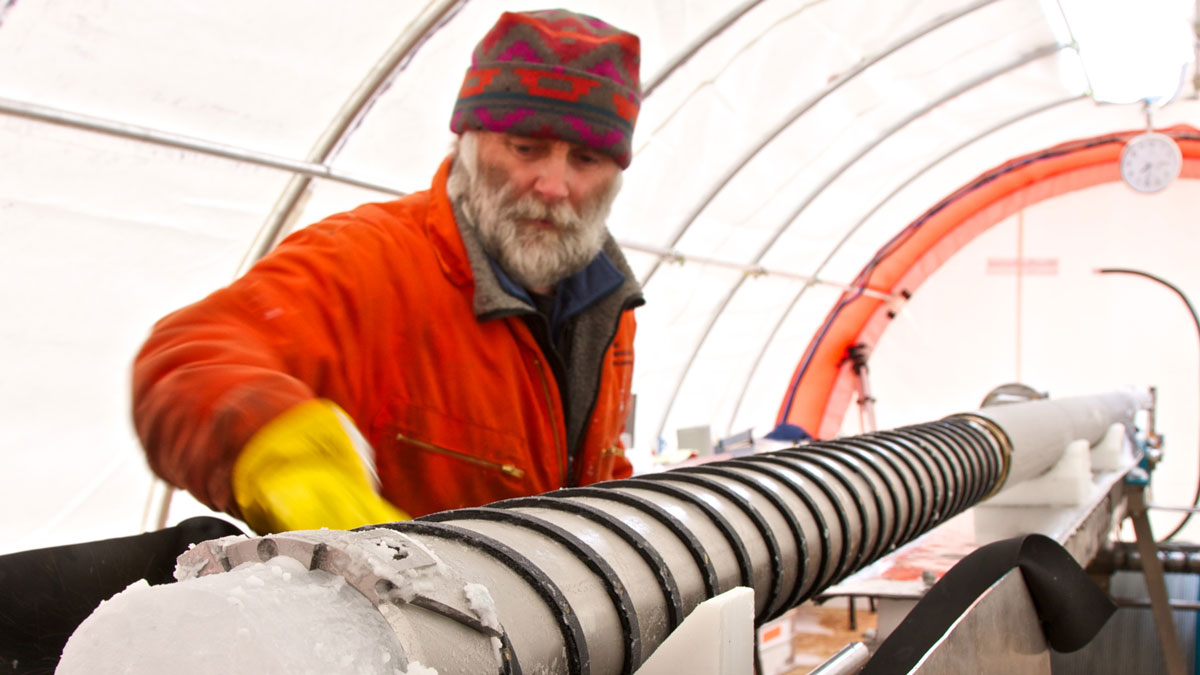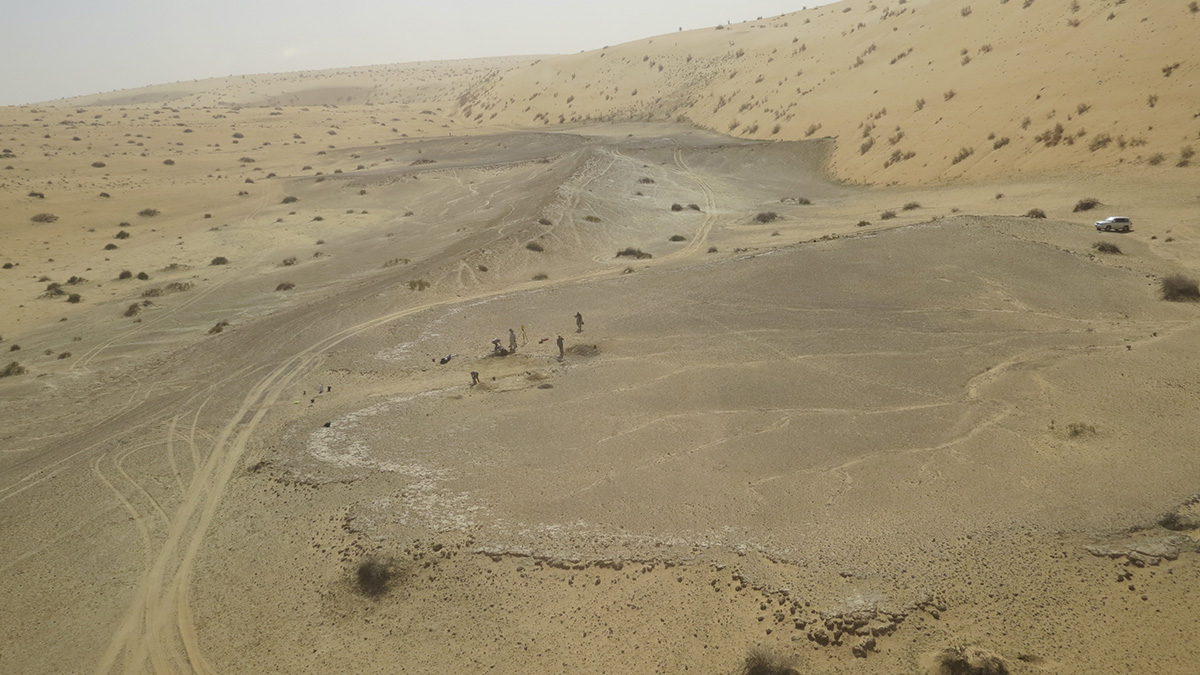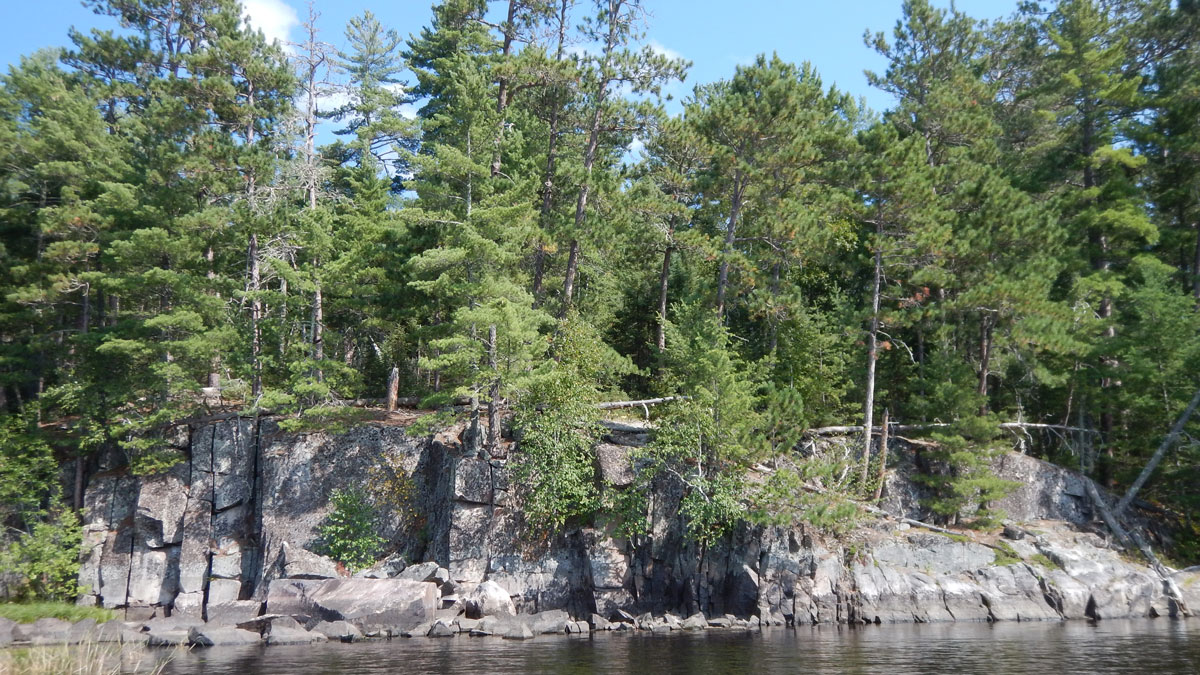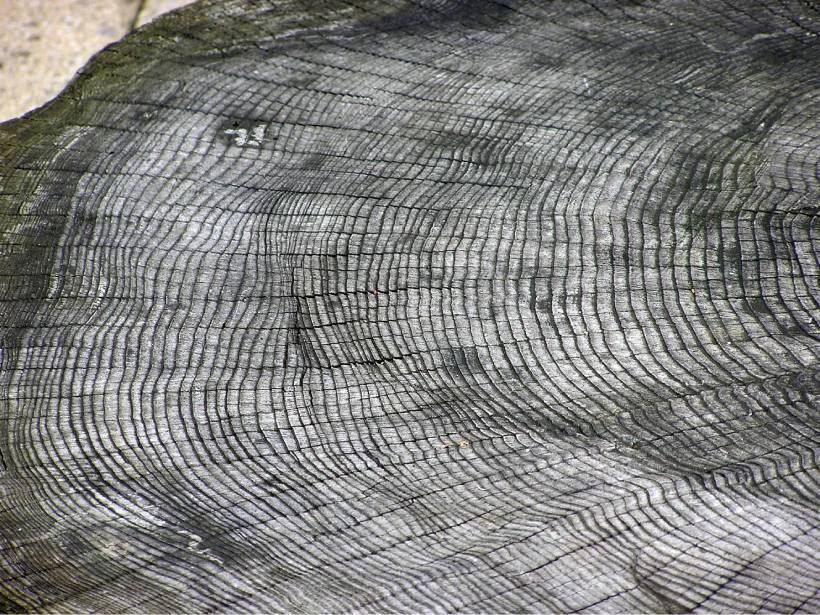Lake sediment is helping scientists resolve a decades-long historical mystery.
history
Roman-Era Millstone and Mixer Makers Knew Their Rocks
The geochemistry of basalt millstones and mixers from the city of Volubilis suggests a local origin—and that rocks were picked for specific purposes, from crushing olives to mixing dough.
Māori Arrival in New Zealand Revealed in Antarctic Ice Cores
A new study shows smoke from fires set by the first inhabitants of Aotearoa from around 1300 left a mark in the ice 6,000 kilometers away, on an island off the Antarctic Peninsula.
Greener, Wetter Arabia Was a Crossroads of Early Human Migration
Hand axes, hippo bones, and a stack of ancient lake beds show that arid Arabia experienced intervals of humid weather, spurring pulses of human migration over the past 400,000 years.
State-of-the-Art Technology, Serendipity, and Secrets of Stonehenge
The first comprehensive analysis of what the sarsen stones are made of came about with new technology—and good old-fashioned luck.
Recognizing Geology’s Colonial History for Better Policy Today
The Minnesota Geological Survey has contributed to the dispossession of homelands from Indigenous Peoples. The agency is creating more just policies.
Rebecca Charbonneau: The Future of Scientific History
Historian finds the liberal arts support a deeper study of science.
Cosmological Tool Helps Archaeologists Map Earthly Tombs
A new study employs a method originally developed to help map stars and galaxies to describe how ancient tombs are clustered. The research helps archaeologists studying remote or inaccessible sites.
树木年轮显示了最新发现的极端太阳活动事件记录
对树木年轮物质的光谱分析表明,碳-14浓度在一年内急剧上升,这与发生在公元前5410年左右的极端太阳高能粒子事件相一致。
Tree Rings Show Record of Newly Identified Extreme Solar Activity Event
Mass spectroscopy of tree ring material indicates a sharp, single-year rise in carbon-14 concentrations consistent with an extreme solar energetic particle event that occurred around 5410 BCE.

